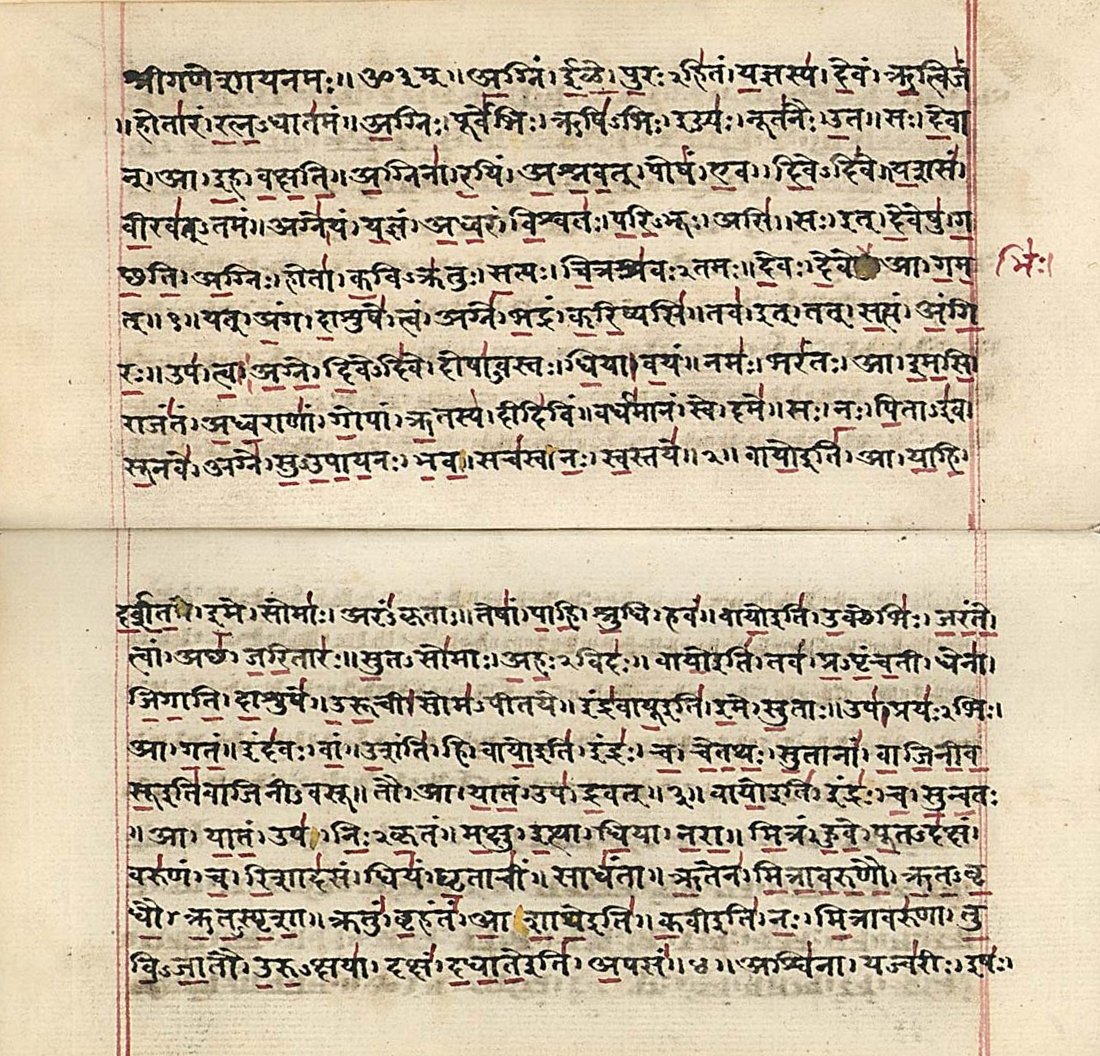|
Sanskrit
Sanskrit (; attributively , ; nominalization, nominally , , ) is a classical language belonging to the Indo-Aryan languages, Indo-Aryan branch of the Indo-European languages. It arose in South Asia after its predecessor languages had Trans-cultural diffusion, diffused there from the northwest in the late Bronze Age#South Asia, Bronze Age. Sanskrit is the sacred language of Hinduism, the language of classical Hindu philosophy, and of historical texts of Buddhism and Jainism. It was a lingua franca, link language in ancient and medieval South Asia, and upon transmission of Hindu and Buddhist culture to Southeast Asia, East Asia and Central Asia in the early medieval era, it became a language of religion and high culture, and of the political elites in some of these regions. As a result, Sanskrit had a lasting impact on the languages of South Asia, Southeast Asia and East Asia, especially in their formal and learned vocabularies. Sanskrit generally connotes several Indo-Aryan lang ... [...More Info...] [...Related Items...] OR: [Wikipedia] [Google] [Baidu] |
Vedic Sanskrit
Vedic Sanskrit was an ancient language of the Indo-Aryan subgroup of the Indo-European language family. It is attested in the Vedas and related literature compiled over the period of the mid- 2nd to mid-1st millennium BCE. It was orally preserved, predating the advent of writing by several centuries. Extensive ancient literature in the Vedic Sanskrit language has survived into the modern era, and this has been a major source of information for reconstructing Proto-Indo-European and Proto-Indo-Iranian history. In the pre-historic era, Proto-Indo-Iranian split into Proto-Iranian and Proto-Indo-Aryan and the two languages evolved independently of each other. History Prehistoric derivation The separation of Proto-Indo-Iranian language into Proto-Iranian and Proto-Indo-Aryan is estimated, on linguistic grounds, to have occurred around or before 1800 BCE. The date of composition of the oldest hymns of the Rigveda is vague at best, generally estimated to roughly 1500 BCE. Bo ... [...More Info...] [...Related Items...] OR: [Wikipedia] [Google] [Baidu] |
The Sanskrit College And University
The Sanskrit College and University (erstwhile Sanskrit College) is a state university located in Kolkata, West Bengal, India. It focuses on liberal arts, offering both UG and PG degrees in Ancient Indian and world history, Bengali, English, Sanskrit language, Linguistics, and traditional orientation learning (Advaita Vedanta) except Pali in which only UG degree is being offered. History Sanskrit College was founded on 1 January 1824, during the Governor-Generalship of Lord Amherst, based on a recommendation by James Prinsep and Thomas Babington Macaulay among others. Mahesh Chandra Nyayratna Bhattacharyya, the scholar of Sanskrit, was the principal of the college for over 18 years. He was made a Companion of the Most Eminent Order of the Indian Empire (C.I.E.), and a member of the Most Eminent Order of the Indian Empire. He played a crucial role in colonial Bengal's educational reformation. He revived the ''tol'' system in Sanskrit education, and introduced titles or " ... [...More Info...] [...Related Items...] OR: [Wikipedia] [Google] [Baidu] |
Brahmi Script
Brahmi (; ; ISO 15919, ISO: ''Brāhmī'') is a writing system of ancient South Asia. "Until the late nineteenth century, the script of the Aśokan (non-Kharosthi) inscriptions and its immediate derivatives was referred to by various names such as 'lath' or 'Lat', 'Southern Aśokan', 'Indian Pali', 'Mauryan', and so on. The application to it of the name Brahmi [''sc. lipi''], which stands at the head of the Buddhist and Jaina script lists, was first suggested by T[errien] de Lacouperie, who noted that in the Chinese Buddhist encyclopedia ''Fa yiian chu lin'' the scripts whose names corresponded to the Brahmi and Kharosthi of the ''Lalitavistara'' are described as written from left to right and from right to left, respectively. He therefore suggested that the name Brahmi should refer to the left-to-right 'Indo-Pali' script of the Aśokan pillar inscriptions, and Kharosthi to the right-to-left 'Bactro-Pali' script of the rock inscriptions from the northwest." that appeared as a full ... [...More Info...] [...Related Items...] OR: [Wikipedia] [Google] [Baidu] |


